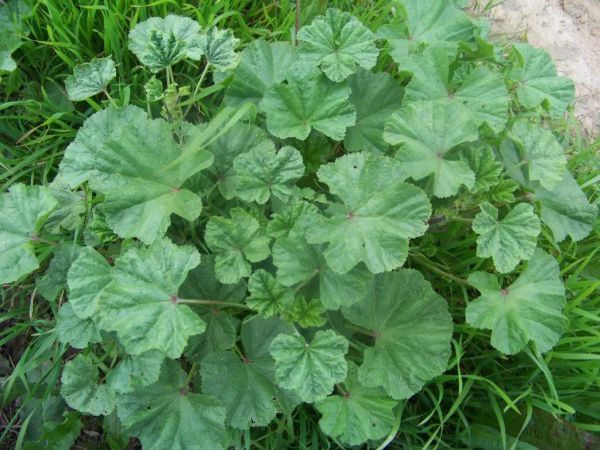Have you ever spotted common mallow plants in your garden and wondered if they were just pesky weeds? Well, think again! These plants actually offer a wide range of health benefits that you might not be aware of. Let’s delve into the wonderful world of common mallow and discover its many uses and advantages!
Did you know that common mallow has a gel-like consistency that can work wonders for your digestive system? It possesses soothing properties that can ease gastrointestinal irritation. That makes it a natural remedy for conditions like gastritis, irritable bowel syndrome, and heartburn. Simply brew a tea from the leaves and flowers to create a protective lining in your digestive system, promoting healing and relief.
When it comes to your respiratory system, common mallow reigns supreme. Its expectorant properties make it a great ally in alleviating symptoms of the common cold, bronchitis, and sore throats. By soothing irritated mucous membranes and helping to expel mucus, this plant can provide relief for your cough. You can enjoy it as a warm infusion or syrup.
If you suffer from conditions like arthritis or muscle pain, common mallow can come to the rescue. Thanks to its anti-inflammatory effects, it can reduce swelling and discomfort both inside and out. Applying a poultice made from the leaves or drinking the tea can alleviate inflammation and provide relief for your aches and pains.
Our immune system needs all the help it can get, and common mallow is here to lend a hand. Packed with antioxidants, this plant protects your body from oxidative stress and aids in fighting infections. With a rich array of vitamins A and C, as well as minerals like iron and magnesium, common mallow does wonders for enhancing your immune system.
Maintaining urinary tract health is crucial, and common mallow can assist you in that regard. Acting as a diuretic, it promotes toxin elimination and reduces the risk of urinary tract infections. Moreover, it has calming properties that can alleviate discomfort associated with inflammation of the urinary system.
Not only does common mallow work wonders inside your body, but it can also rejuvenate your skin. Thanks to its high mucilage content, it moisturizes and soothes irritating skin conditions like eczema and dermatitis. It can even expedite wound healing and provide relief for insect bites and burns when applied topically. Say goodbye to dry and itchy skin!
With its potent antioxidants, common mallow contributes to your overall health by countering free radicals. It supports cardiovascular health by regulating blood pressure levels and reducing cholesterol. So savor those leaves, stems, and flowers in your salads, soups, and stews—your heart will thank you!
Beyond its health benefits, common mallow is both edible and nutritious. You can enrich your meals with its leaves, stems, and flowers, adding a subtle flavor and reaping a plethora of health advantages. Get creative in the kitchen and enjoy the benefits of this versatile plant.
To fully harness the extensive benefits of common mallow, you need to know how to use it properly. Here are some methods for utilizing this remarkable plant:
Brewing tea is a popular method for both common and high mallow. Simply steep 1-2 teaspoons of dried leaves or flowers in boiling water for 10-15 minutes. This gentle process helps release the beneficial compounds, making it ideal for soothing digestive issues and respiratory conditions.
Infusions are great for extracting even more nutrients from the leaves. Take a handful of fresh or dried leaves, place them in a jar, cover with boiling water, and let steep overnight. Strain the mixture the next morning, and you’ll end up with a potent infusion that can be used for skin washes or as a base for creams.
To soothe irritation or heal wounds, poultices made from common or high mallow can be directly applied to the skin. Crush fresh leaves into a pulp, apply it to the affected area, and secure it with a bandage. This method works wonders for conditions like eczema, minor burns, and insect bites.
Drying is the most common method for preserving mallow leaves and flowers. Spread the plant parts in a single layer on a drying rack in a warm, airy space away from direct sunlight. Once completely dry, store them in airtight containers in a cool, dark place to maintain their medicinal qualities.
While common mallow has been traditionally used for its health benefits, it’s always important to consult with a healthcare professional before starting any new treatment or herbal supplementation, especially if you have existing health conditions or are taking other medications.
So why not explore the marvelous world of common mallow and harness its natural healing powers? Whether you use it as a soothing tea or incorporate it into your culinary creations, this versatile plant is sure to enhance your health and wellness journey.
